 “Mermaids: The Body Found” is a made for TV mockumentary and found footage film created for the cable network Animal Planet and Discovery Channel. The film is directed by Sid Bennett and written by Charlie Foley, Sid Bennett, and Vaibhav Bhatt.
“Mermaids: The Body Found” is a made for TV mockumentary and found footage film created for the cable network Animal Planet and Discovery Channel. The film is directed by Sid Bennett and written by Charlie Foley, Sid Bennett, and Vaibhav Bhatt.
Animal Planet has earned a reputation for fictionalized documentaries designed to look and feel like the genuine artifact. Since the majority of content on Animal Planet and Discovery Channel is presented in the documentary format, mixing in a faux documentary can easily cause confusion among the network’s viewership, who are accustomed to tuning in to watch factual accounts of natural events.
Animal Planet is no stranger to mockumentaries, having aired the popular mockumentary found footage TV series, Lost Tapes (2008). The series effectively mixes reality, folklore, and science, creating a blend that at the time the show aired, brought into question whether the episodes were real or fiction.
Mermaids: The Body Found aired on Animal Planet in 2012 and brought in 3.5 million viewers, setting a new ratings record for the Animal Planet. The sequel, Mermaids: The New Evidence aired a year later in 2013, surpassing the previous ratings record with 3.6 million viewers.
The film included fictitious interviews of NOAA employees. NOAA is the acronym for the National Oceanic and Atmospheric Administration, the United States federal agency responsible for researching and investigating matters concerning the world’s oceans and earth’s atmosphere. Due to the controversy stirred up After Mermaids: The Body Found aired on Animal Planet, NOAA released a statement assuring the public that there was no evidence of the aquatic sea people featured in the film.
Mermaids: The Body Found consists of archived footage, interviews, and reenactments that piece together evidence proving the possible existence of mermaids. The film opens with a number of incidents of mass beached whales, which were caused by the testing of sonar weapons by the United States Navy. The weapons scared and confused the whales, causing them to swim and become stranded in shallow waters where they ultimately died. Among the beached whales was evidence of a second, previously unknown, species of marine mammal—a mermaid, captured on a camera phone as found footage.
The film postulates that environmental pressures caused an evolutionary event known as a “land to sea transition,” where early humans physiologically adapted to the ocean—resulting in mermaids, an offshoot of early humans. The film goes on to site the pervasiveness of mermaids in folklore throughout human history all over the world in many seafaring cultures. Is this Animal Planet and Discovery Channel film an actual documentary proving the existence of mermaids? We’ll let you decide.
Found Footage Cinematography
The cinematography used throughout Mermaids: The Body Found comes across as authentic. The film consists of a series of interviews, archival footage, photographs, found footage, and reenactments. The film presents as good as any documentary one would see on either the Discovery Channel, Animal Planet, or History Channel. Excluding the found footage scenes, all of the interviews, and reenactments are captured with a professional video camera, as is to be expected with a “documentary” of this caliber.
The found footage portions of the film are few, but poignant. These scenes are captured with a camera phone and handheld camcorders. The creature effects in the found footage scenes (presuming what unfolds is pure fiction) are well done. Contrasted with the rest of the film, the found footage scenes are captured using low resolution, poor lighting, and with very shaky cinematography.
The reenactment scenes are laden with CGI effects recreating what these mythical creatures might actually look like. The effects come across as CGI, but the quality is akin to many of the like-minded documentaries airing on Discovery Channel and Animal Planet that present extinct or unknown species of animals. Where the film breaks down ever-so-slightly is the CGI of some of the beached whale scenes which are supposed to be archival footage. In several of these scenes, the use of CGI is a bit too evident for careful observers.
Filming Reason
The filming reasons are relatively easy to satisfy in Mermaids: The Body Found. The majority of the film consists of staged interviews and reenactments, which are all pre-planned. The found footage segments of the film are all adequately justified. In one such found footage scene, the cinematographer is filming an event on the beach with a cell phone camera. In another, a fisherman grabs his camera and films something of interest that takes place on a fishing boat. Meanwhile, found footage from a government research facility is presumably filmed in secrecy, and the scene is short and fleeting. In all three cases, the found footage is appropriately captured.
Found Footage Purity
The found footage purity is a composite of the cinematography, filming reason, and other factors that determine how real a film comes across. In the case of Mermaids: The Body Found, the found footage purity is well done. This determine is substantiated by stories following the original airing of the film on Animal Planet and Discovery Channel, where viewers wrote the network(s) believing that the film was portraying a factual event and was not a work of fiction.
As described in Wikipedia, “There are only a few, easily missed disclaimers to indicate the speculative nature of the programming. On the contrary, the serious tone of the majority of the presentation implied that it was a factual documentary. The first airings of the two Mermaids programs apparently fooled millions of people.”
Acting
The acting in Mermaids: The Body Found was appropriate to any documentary one would expect to see on either Discovery Channel or Animal Planet. Andre Weideman is convincing as Dr. Paul Robertson, a former member of the NOAA Fisheries Department. His character appropriately portrays a scientist who is concerned about the welfare of the indigenous marine life and the impact the government weapons testing on the marine ecosystem. Similarly, Candice D-Arcy performs well as Dr. Rebecca Davis, also a former member of the NOAA Fisheries Department, sharing the same values and motivations as Dr. Robertson. The rest of the ensemble cast also perform wonderfully in their respective roles.
Plot
The plausibility of Mermaids: The Body Found hinges on the acceptance of the “aquatic ape” hypothesis put forth in the film. Under this theory, pockets of early humans moved from the land to the sea during an evolutionary event coined the “land to sea transition.”
This reviewer has advanced degrees in biology, marine science. Having taken my fair share of courses covering evolutionary biology (on a microscopic and macroscopic level) and understanding the fundamental mechanics of evolution, I can say unequivocally that the hypotheses put forth in the film are well beyond the sphere of reason.
The drastic transitioning between two vastly different ecosystems (i.e. from land to sea water) is next to impossible for a complex species such as humans. Subtle evolutionary changes are possible, such as natural selection of early humans with better eyesight, greater intelligence, and other physical characteristics offering a competitive advantage. These are attributes that can (and have) been incorporated into the human genome over tens of thousands of years.
My thoughts aside and whether intentional or not, this made for television film managed to pull the wool over the eyes of millions of viewers who bought into the veracity its claims. Since feigned plausibility is the true intent of a found footage film, this is the yardstick with which we must measure the film’s success.
While Mermaids: The Body Found is interesting and entertaining, the 82 minute runtime is a bit long. The film would have benefited from a shorter duration and tighter story—perhaps 45 minutes, which equates to an hour of television. Since this film was made for television, scenes are often repeated multiple times—presumably after commercial breaks.
Mermaids: The Body Revealed does an exceptional job at replicating the documentary format used by other shows on Animal Planet and Discovery Channel. Adhering to the established documentary formula on two networks that specialize in showing true documentaries helped perpetuate the illusion of reality. Had this film aired on a network airing primarily fictional work (or a mix of reality and fiction), Mermaids: The Body Found would not have had such an easy time fooling unsuspecting viewers.
If you’re still a believer in mermaids, be sure to check out the sequel released only a year later, Mermaids: The New Evidence (2013)!

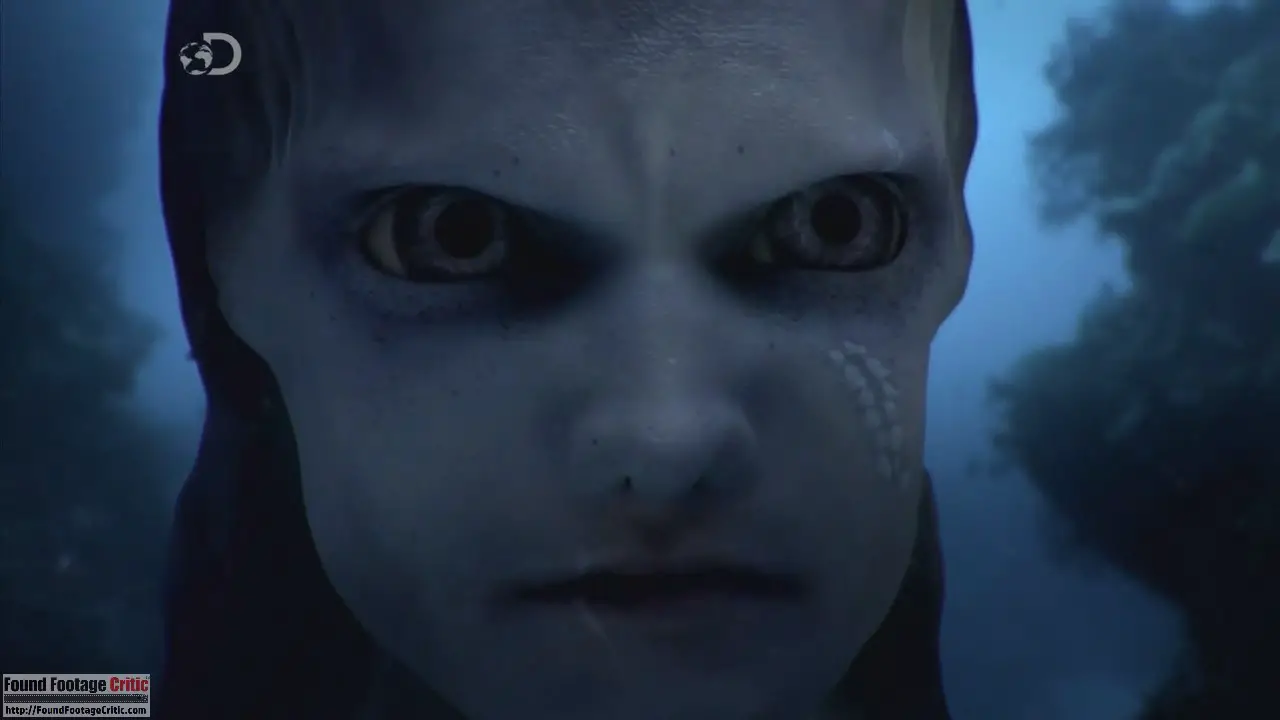
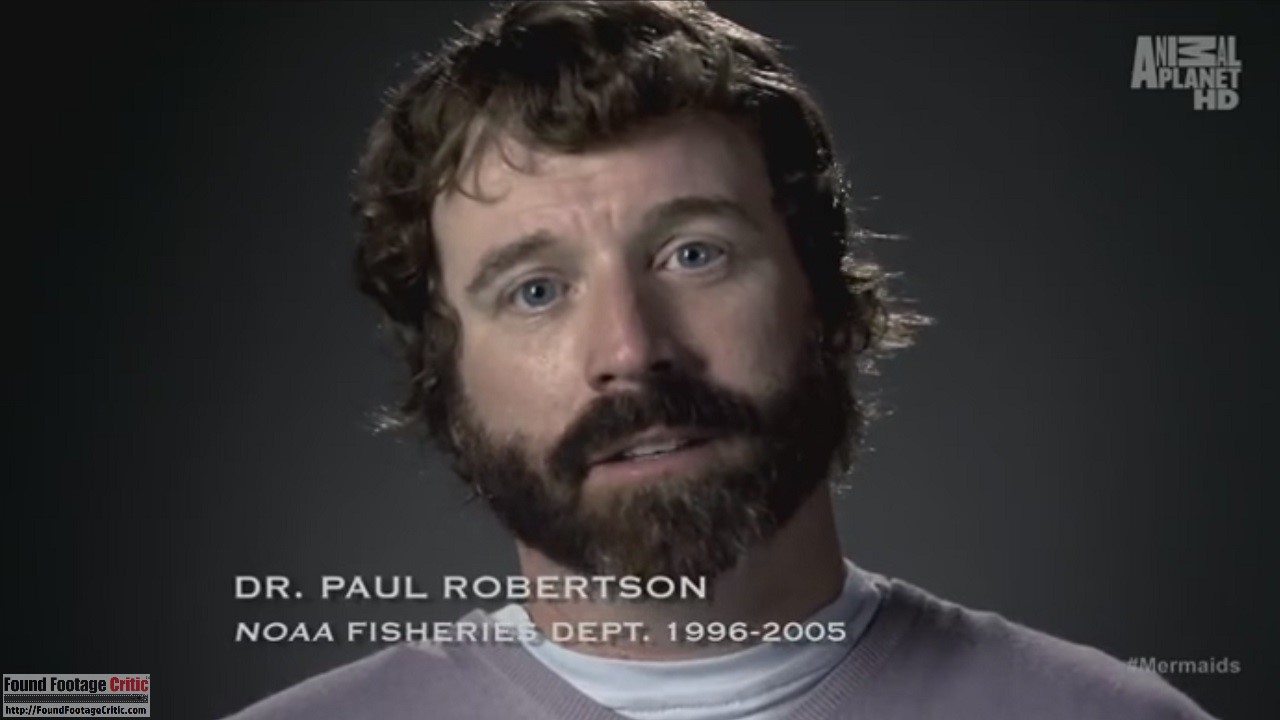

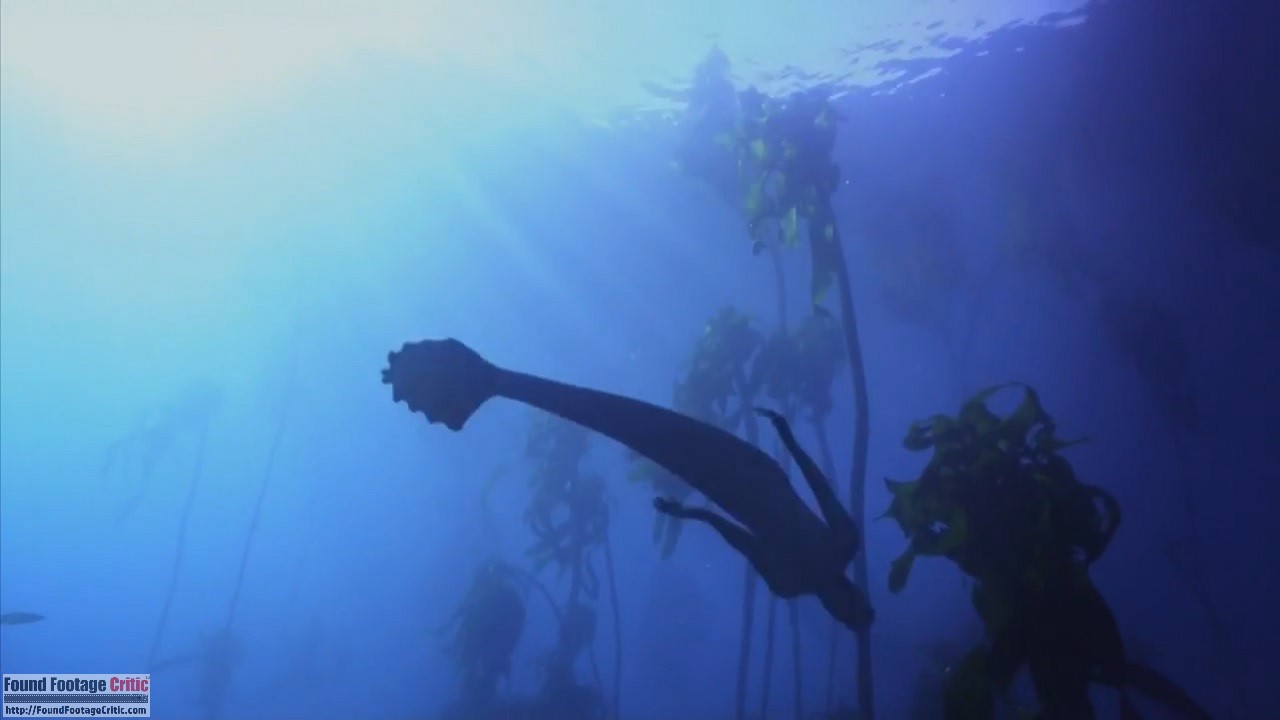
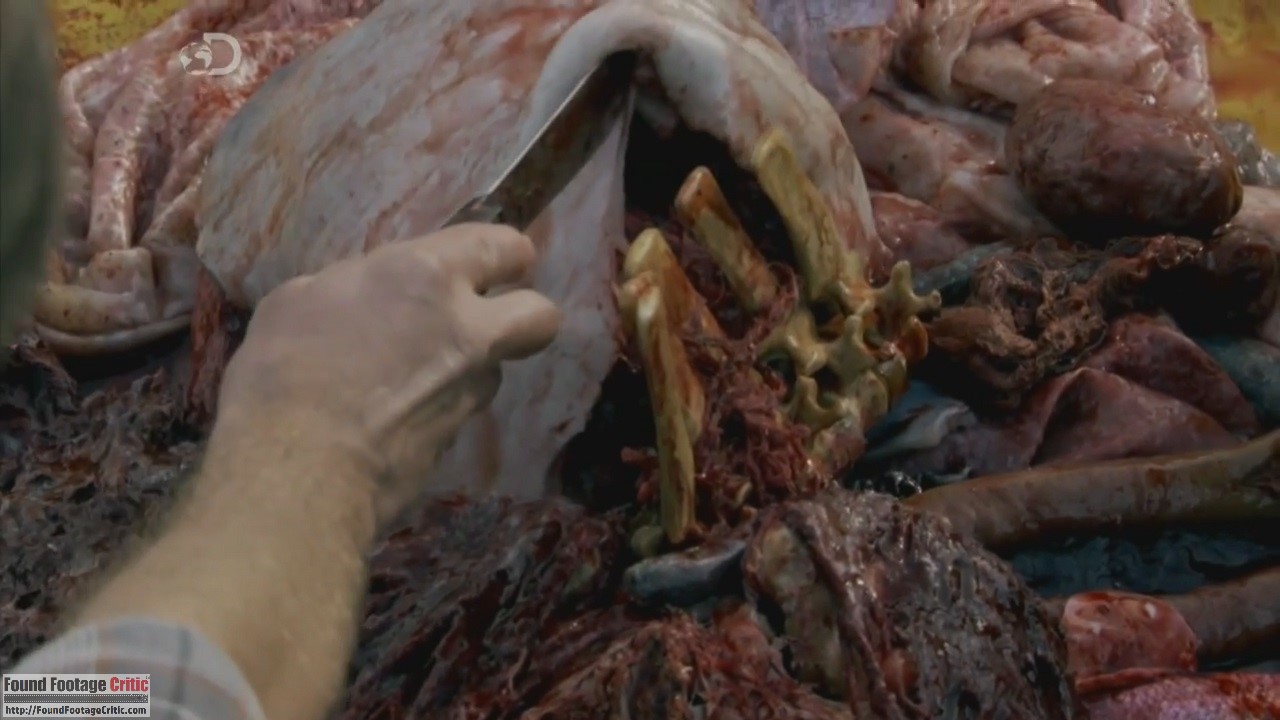
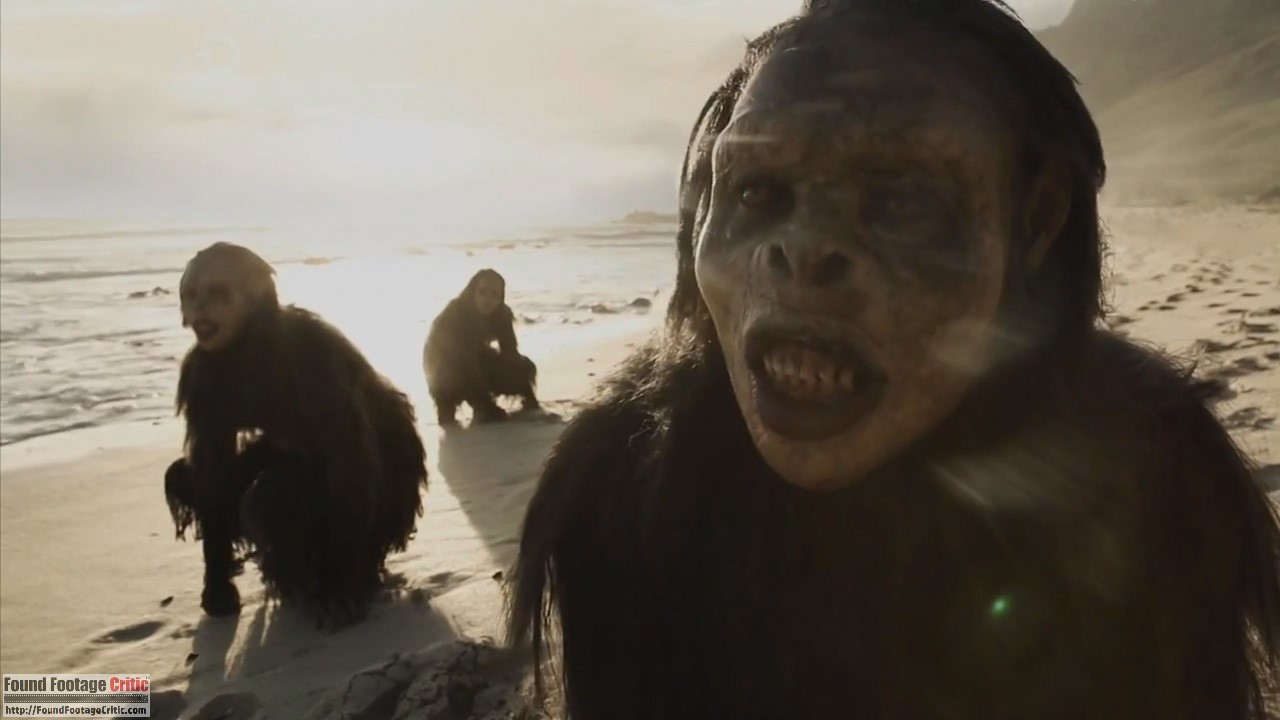
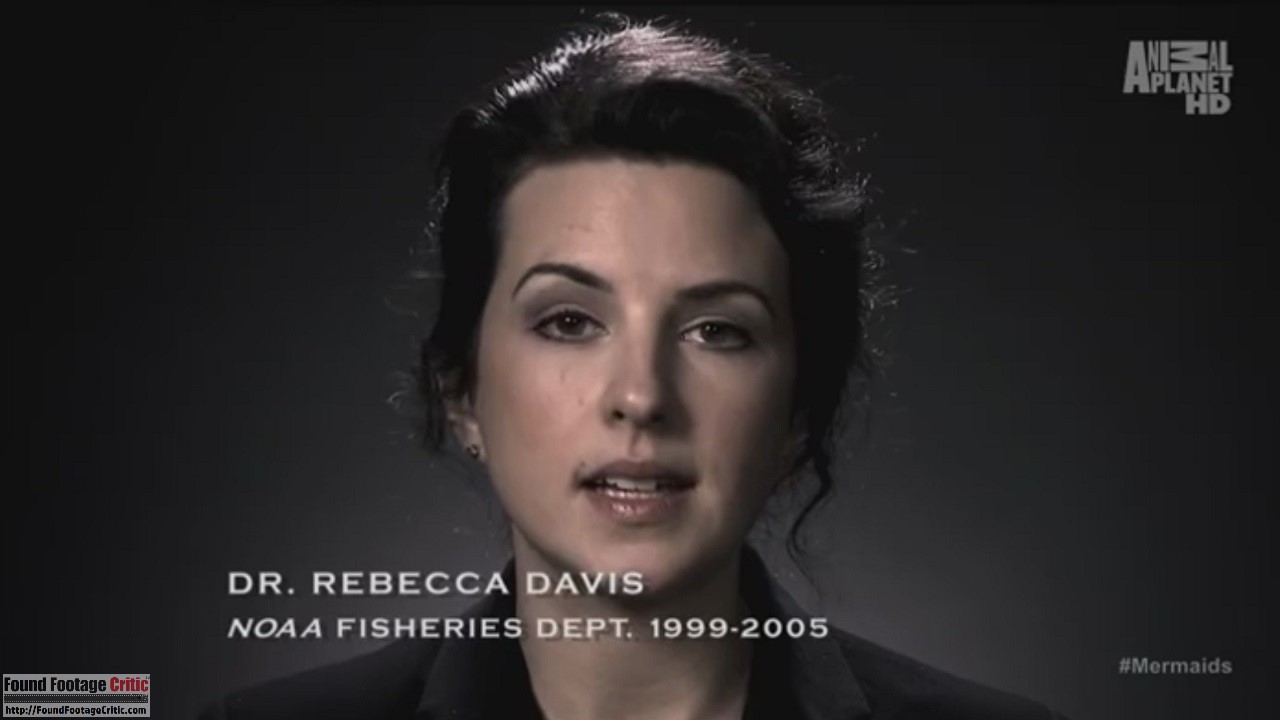
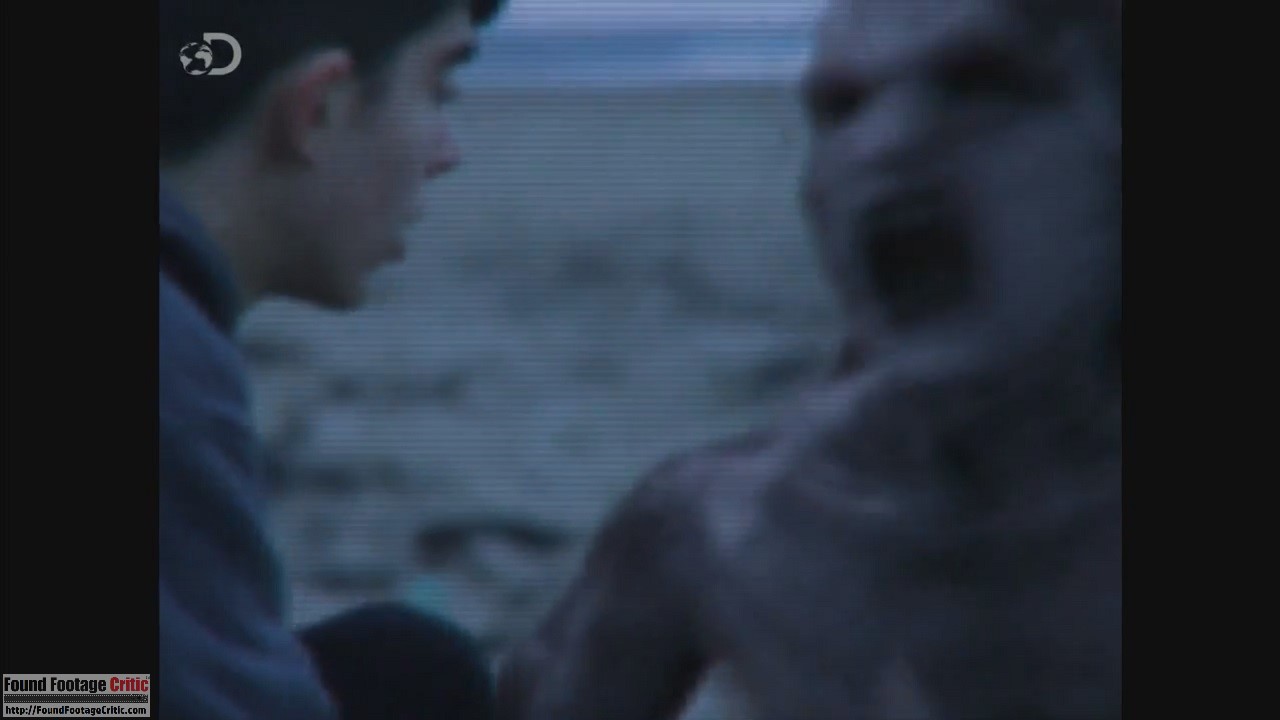
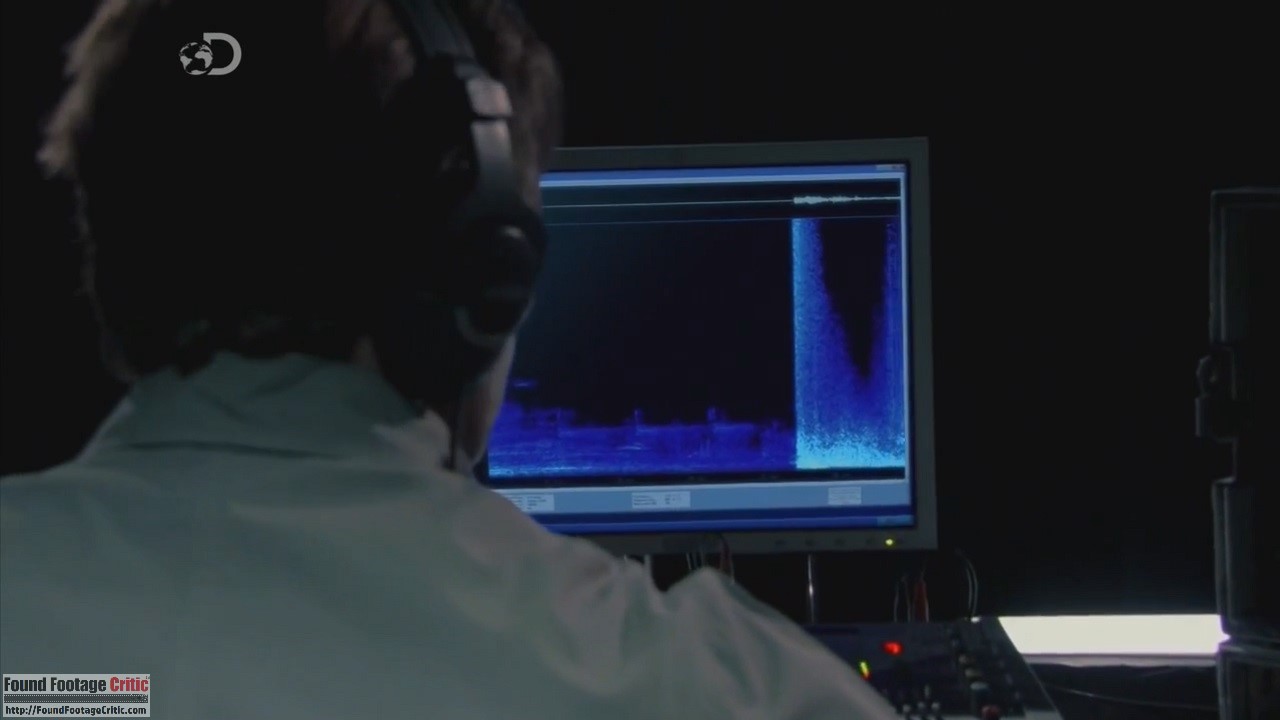
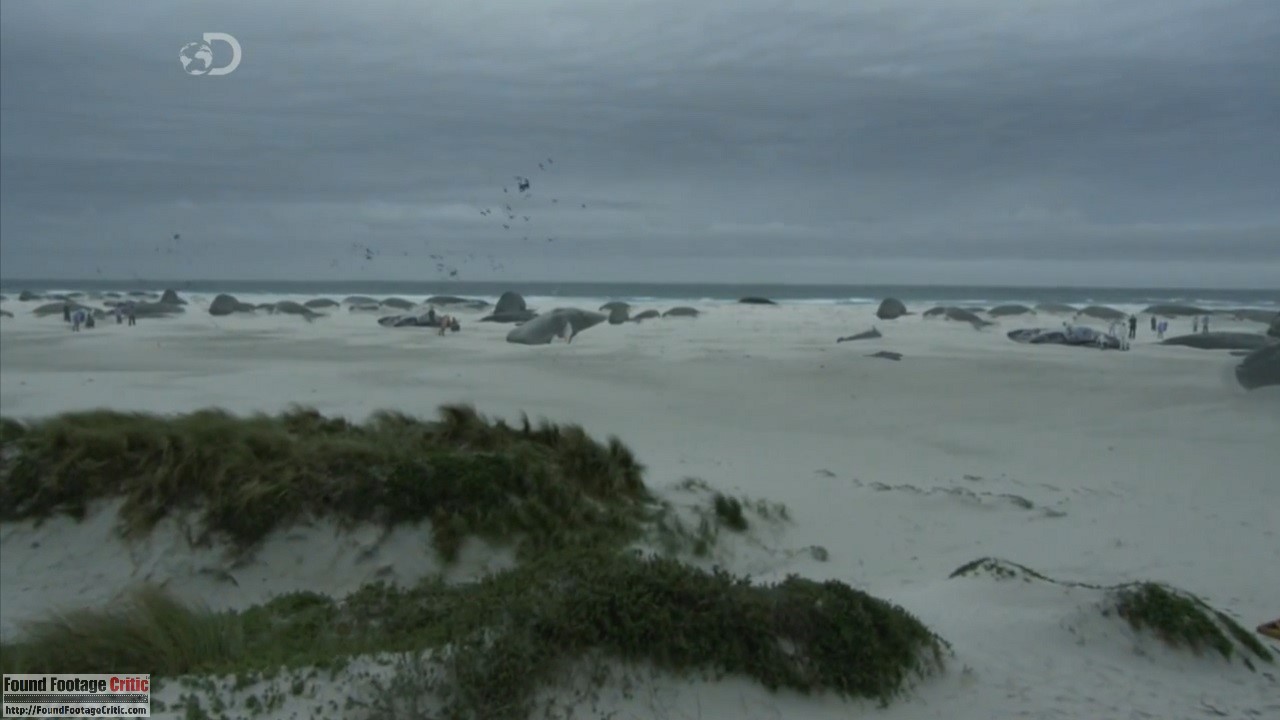
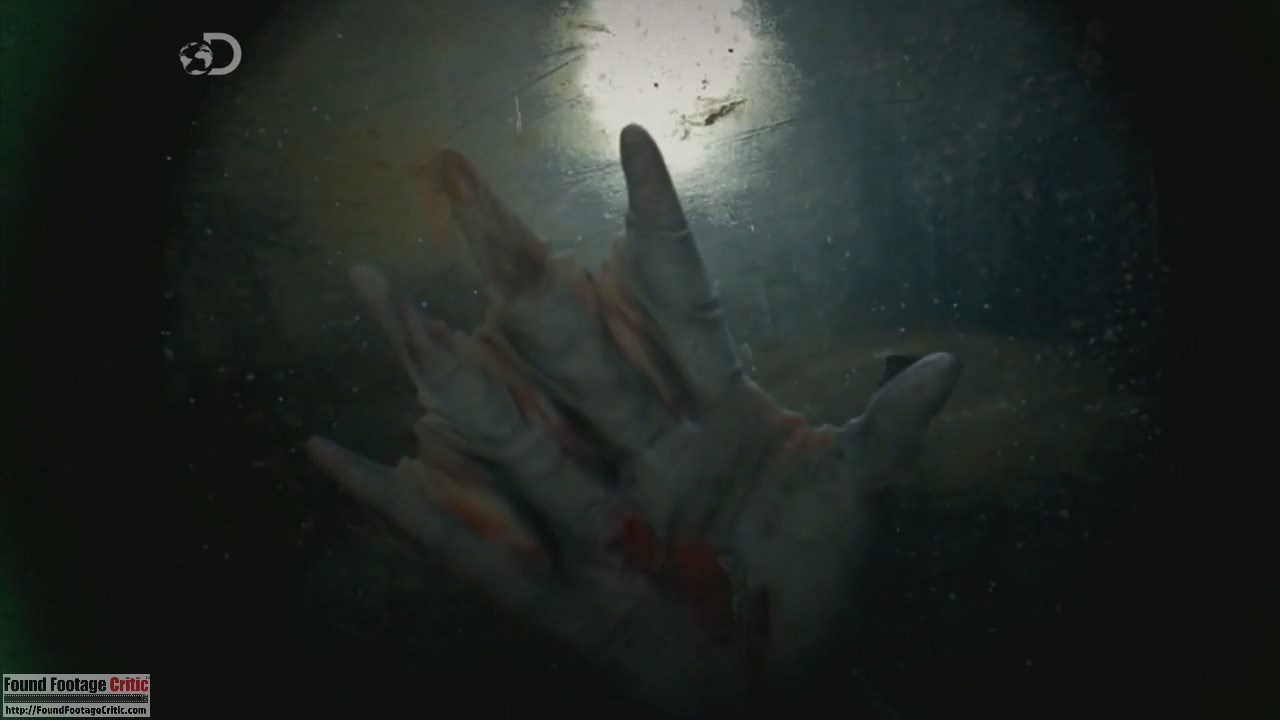
1 Comment
The “bloop” (which is referenced several times in the mockumentary) was a real sound that NOAA recorded in a remote part of the Pacific Ocean in 1997. For a while there really was some controversy around whether it could have been created by an as yet unknown marine animal, but they’ve since concluded that it was just an iceberg. The movie took a lot of liberties with it (the sounds they were calling “bloop recordings” sounded nothing like the real bloop sound).
The “aquatic ape” theory has also been around for a long time. I was introduced to it a few years before this movie came out when someone gave a Ted Talk on it, and I found it to be just as ridiculous as the review here says it is. It just reeks of one of those theories where its supporters are grasping at even the most absurd post-hoc rationalizations to prop up the hypothesis.
Given that these two elements of the film were based (even loosely) on real things, I was very curious about the claims around fish and sea mammals being found with spears lodged in their bodies all throughout history. I hadn’t heard that one before and thought it would be interesting if that too was based on some real-life mystery or conspiracy theory. After a bit of searching around, it seems like that one is pure fiction. But I think it’s a testament to the movie’s creativity that they had me guessing about it.